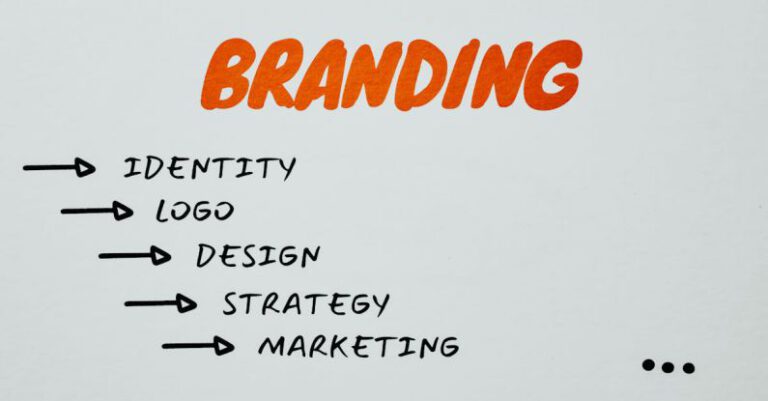How Do Logos Impact Brand Perception?
The Power of Logos in Shaping Brand Perception
Logos are often the first point of contact between a consumer and a brand. In today’s visually driven world, a logo can speak volumes about a company’s values, personality, and overall identity. From the iconic swoosh of Nike to the golden arches of McDonald’s, logos have the power to evoke emotions, convey messages, and leave a lasting impression on consumers. But how exactly do logos impact brand perception? Let’s explore the intricate relationship between logos and consumer psychology.
The Visual Identity: Making a Strong First Impression
When a consumer comes across a logo, it is the visual representation of the brand that immediately registers in their mind. A well-designed logo can make a strong first impression, conveying professionalism, trustworthiness, and credibility. On the other hand, a poorly designed logo can turn off potential customers, giving the impression of a lack of attention to detail or even untrustworthiness. The visual elements of a logo, such as color, font, and shape, play a crucial role in shaping the initial perception of a brand.
Colors: Communicating Emotions and Associations
Colors have a profound impact on human psychology, evoking emotions and associations that can influence how a brand is perceived. For example, red is often associated with energy, excitement, and passion, which is why it is commonly used by brands like Coca-Cola and Red Bull. Blue, on the other hand, conveys trust, reliability, and professionalism, making it a popular choice for brands in the finance and technology industries. By strategically choosing colors that align with their brand values, companies can create a subconscious connection with consumers and shape how their brand is perceived.
Font Choice: Conveying Personality and Tone
The font used in a logo can communicate a brand’s personality and tone to consumers. For example, a sleek and modern font may convey a sense of sophistication and innovation, while a playful and whimsical font can suggest creativity and fun. The choice of font is especially important for conveying the brand’s voice and resonating with the target audience. A mismatch between the font and the brand’s identity can create confusion and hinder the brand’s ability to connect with consumers on a deeper level.
Shape and Symbolism: Creating Meaningful Associations
The shape and symbolism of a logo can also play a significant role in how a brand is perceived. For instance, a circular logo may convey a sense of unity, wholeness, and continuity, while a triangular logo can evoke feelings of stability, balance, and strength. Symbols used in logos can carry cultural or historical significance, creating meaningful associations that resonate with consumers on a subconscious level. By incorporating symbolism that aligns with their brand values, companies can establish a deeper connection with their target audience and differentiate themselves from competitors.
Consistency and Recognition: Building Trust and Loyalty
Consistency in branding is key to building trust and loyalty with consumers. A strong and recognizable logo that remains consistent across all touchpoints reinforces the brand’s identity and creates a sense of familiarity. Over time, this consistency builds credibility and trust with consumers, making them more likely to choose a brand they recognize and trust. Logos that undergo frequent changes or lack consistency can confuse consumers and erode brand perception, leading to a loss of trust and loyalty.
In Conclusion: The Lasting Impact of Logos on Brand Perception
In conclusion, logos play a crucial role in shaping how a brand is perceived by consumers. From the visual elements like color and font to the symbolism and associations, logos communicate a brand’s values, personality, and identity in a matter of seconds. By creating a strong visual identity that resonates with their target audience and remains consistent over time, companies can build trust, loyalty, and a lasting connection with consumers. The next time you come across a logo, take a closer look and consider the messages and emotions it evokes – you may be surprised by the power it holds in shaping your perception of a brand.







